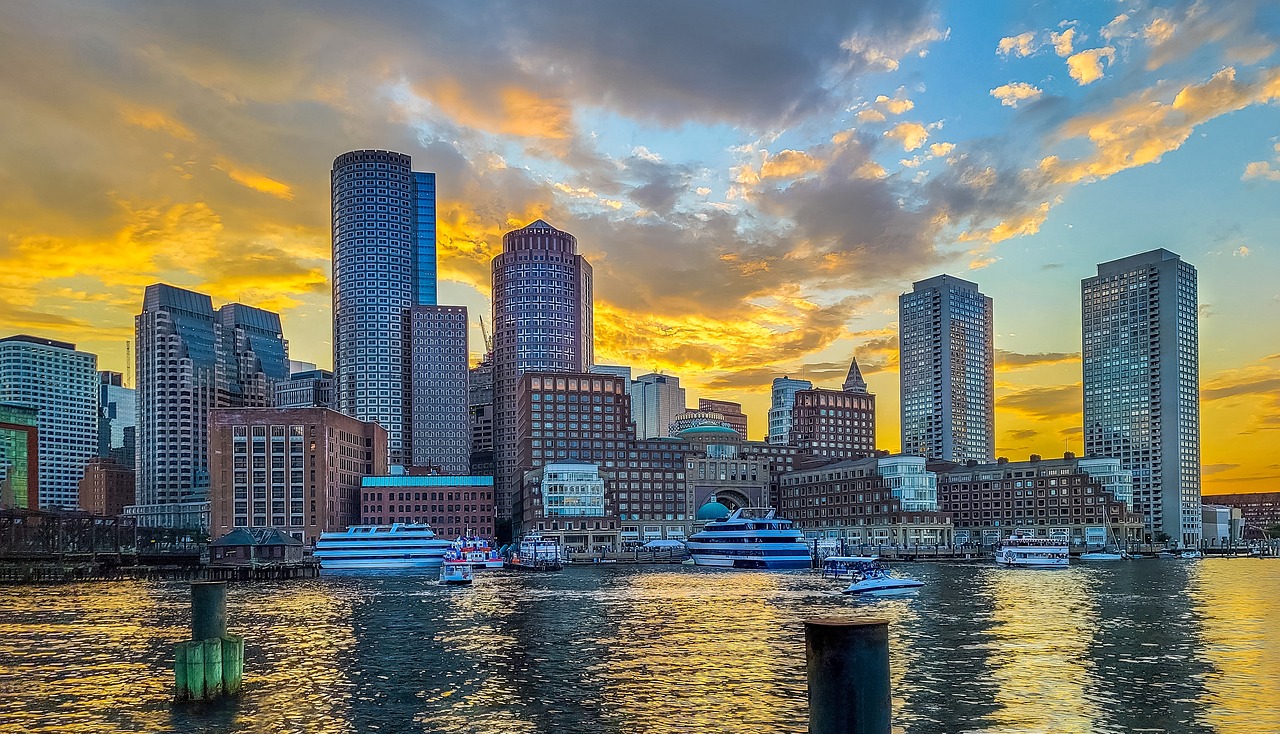Boston Apartment Amenities Worth Paying Extra For (And Which Ones to Skip)

Finding a great apartment in Boston requires balancing your budget against features you truly need. With rents climbing across the city, knowing which amenities justify their premium price tag, and which ones don't, can save you thousands over your lease term.
Understanding the Boston Rental Market
As of early 2025, average rents for one-bedroom apartments range from $2,000 in areas like Allston to $2,800 in neighborhoods like Back Bay. Landlords typically charge premiums for desirable features, from $150-300 monthly for in-unit laundry to upwards of $350 for a dedicated parking space downtown. If you're moving to Boston from somewhere with a lower cost of living, this article will help you get an idea of the additional costs you can expect beyond your rent.
Amenities Worth the Extra Cost
In-Unit Laundry
Few amenities earn their keep like in-unit laundry facilities. Boston winters make trekking to a laundromat particularly miserable from December through March. While this feature typically adds $150-250 to monthly rent, the convenience factor, especially during snowstorms, makes this worthwhile for most renters. The time saved alone, roughly 2-3 hours weekly, can justify the premium.
Dedicated Parking
Boston's parking situation borders on nightmarish in many neighborhoods. A dedicated spot might add $250-400 to your monthly rent, but makes sense if you commute daily to areas poorly served by public transit, frequently travel outside the city, or live in neighborhoods with particularly difficult street parking (North End, Beacon Hill).
Skip this if you primarily use your car for occasional weekend trips.
Central Air Conditioning
Boston's summers have grown increasingly hot. Central air typically adds $100-200 to monthly rent but provides more consistent cooling throughout your space. This proves particularly valuable in neighborhoods away from the coast that don't benefit from sea breezes during heat waves.
Proximity to Public Transportation
Living near a T station comes with a price tag but often justifies the cost. Apartments within a quarter-mile of major stations command premiums of $200-350 monthly compared to similar units further away. This investment makes sense considering the average Boston commuter saves about 45 minutes daily living near transit, and winter weather makes longer walks particularly challenging.
The premium makes most sense along reliable lines like the Red Line or parts of the Orange Line.
Amenities You Can Probably Skip
Luxury Building Amenities
Developer marketing often highlights flashy communal spaces, but usage data tells a different story. Most luxury buildings report that fewer than 20% of residents regularly use amenities like building gyms, rooftop decks, community rooms, or pools.
es weekly, you're essentially subsidizing amenities for the few residents who do.
"Smart Home" Features
Almost all worthwhile smart home features can be installed temporarily by renters themselves at a fraction of what the "smart apartment" premium would cost over a standard lease term.
High-End Finishes
Granite countertops and hardwood floors certainly improve aesthetics, but rarely justify the highest rent premiums (often $200-400 monthly). Your rent buys both function and aesthetics, just ensure you're not overpaying for the latter at the expense of practical considerations.
Extra Bedrooms/Space
Boston charges mightily for square footage, with each additional bedroom typically adding $600-1,000 to monthly rent. Before automatically opting for more space, consider whether you genuinely need it or could optimize your existing space more efficiently.
Many renters discover that a well-designed smaller apartment in a better location enhances their Boston experience more than extra square footage in a less convenient area.
Special Considerations for Different Renters
Different renters have unique priorities:
- Students: Proximity to campus, sound insulation, and reliable internet typically outweigh other amenities.
- Young Professionals: Prioritize home office potential, transit access, and building features that simplify weekly chores.
- Families: Private outdoor space, proximity to good schools, and storage space become essential.
- Seniors: Elevator access, first-floor units, and neighborhoods with good walkability to daily needs offer the best value.
How to Negotiate for Amenities
Even in Boston's competitive market, negotiation opportunities exist:
- Fall/winter searches offer more leverage than peak summer season
- Longer lease commitments can sometimes secure amenity upgrades
- Units vacant for 30+ days often have flexibility on amenity premiums
Conclusion
The amenities truly worth their premium in Boston save significant time, address region-specific challenges, or provide benefits that can't be easily replicated with alternatives. Calculate the annual cost of each premium amenity and ask yourself: does the value match what I'm paying? By focusing on functional value rather than marketing appeal, you can enhance your Boston experience without unnecessary financial strain.